By Joan Leotta
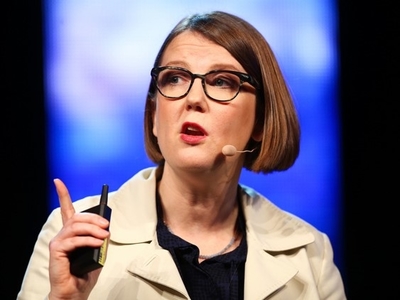 Chief Accessibility Officer for the Microsoft Corporation, Jenny Lay-Flurrie has been working to give the company’s internal accessibility programs a wide reach in the disability community. One of her latest efforts is to create a hiring program that identifies and trains people with autism. Lay-Flurrie, herself deaf, has held many positions within the company. Her own road to corporate success reveals her commitment to success for herself and others with disabilities. She graciously agreed to be interviewed by SMG. The live links in the article will take readers with further interest in Microsoft to more detail about its Autism Hiring Program and other Microsoft Accessibility programs.
Chief Accessibility Officer for the Microsoft Corporation, Jenny Lay-Flurrie has been working to give the company’s internal accessibility programs a wide reach in the disability community. One of her latest efforts is to create a hiring program that identifies and trains people with autism. Lay-Flurrie, herself deaf, has held many positions within the company. Her own road to corporate success reveals her commitment to success for herself and others with disabilities. She graciously agreed to be interviewed by SMG. The live links in the article will take readers with further interest in Microsoft to more detail about its Autism Hiring Program and other Microsoft Accessibility programs.
SMG: What has your employment journey been like and what advice would you share with others with disabilities who are looking for employment?
Ms. Lay-Flurrie: Well, it’s a bit of a long, winding story, but I have always had a passion for music. Some folks are surprised to learn that I started out by getting a music degree back in the UK. It was a lot of fun, but it wasn’t long before I realized that I needed money to pay rent and music wasn’t cutting it. That led me to start working at a newspaper in London on their IT help desk, which was really the start of my career in the IT industry. At that point in my life, my deafness wasn’t something I wanted to call attention to. After I moved into an IT startup, it became increasingly difficult for me to hide it. I actually got to the point where I tried to resign because I was offered a promotion and I didn’t think I could do it with the state of my hearing being as it was. I had to ask for help. Fortunately, my manager at the time was wonderful and worked with me to get digital hearing aids. It was life-changing!
By the time I got to Microsoft in 2005, my hearing had continued to slide and with so many thick accents and folks talking at the same time, I needed to ask for help again. In short order, I was provided captioning and a sign language interpreter. It was at that time that I also became increasingly involved with employee resource groups at the company, which helped me to really be proud of who I am and open about my disability. My advice to you is this: Learn from my journey, but don’t follow it to the letter. Make it your own. Be honest about everything that makes you who you are, and remember, disability is a strength, so embrace it!
SMG: Do you think society subtly pushes people with disabilities, both visible and invisible, into specific jobs that do not fully tap into that person’s potential?
Ms. Lay-Flurrie: I think sometimes assumptions are made about what people are capable of and oftentimes that simply comes from a place of ignorance. It’s an opportunity to educate as well as recognize the talent that people with disabilities bring to the table. It’s happened in my own life. There was a time when someone told me that I would never achieve much, but I’m happy to say that they were dead wrong! We’re also seeing it in applicants to our Autism Hiring Program. We’ve had candidates with multiple PhDs who held part time jobs at Safeway – clearly an example of an untapped pool of talent that is gold dust for both Microsoft and other companies to latch onto. We’re now working with over a dozen companies on our Autism program, and by sharing our learnings, our thinking is that if we can help more companies hire people with disabilities, then we will be able to impact the unemployment rate, which is our end goal.
SMG: Microsoft has risen as a corporate leader in disability inclusion. What have you done to truly integrate people with disabilities within the company’s culture?
Ms. Lay-Flurrie: At Microsoft, we believe it’s essential to have a diverse workforce and an inclusive culture. With more than one billion people with disabilities in the world, organizations and companies are missing a trick when they don’t think about disability inclusion as part of the diversity conversation. With this in mind, we’re approaching disability inclusion in a number of different ways. Our Disability Employee Resource Group (ERG), has been a key part of this, and is now more than 1,000 strong, representing employees with a number of different conditions such as hearing loss, blindness, and mobility disabilities, to name a few. The Disability ERG champions many of our efforts in the company, including our annual Ability Summit, which provides a forum for innovative thinking related to accessible technology. We have an annual hackathon that includes ‘Ability Hacks’ focused on empowering people with disabilities. This also continues to grow, and this year we had 150 projects. The hackathon really is an incubator for accessibility innovations. Previous Ability Hack winners included the Eye Gaze Wheelchair and Learning Tools for OneNote.
We also host a number of job fairs, as well as offer annual disability scholarships for high school students, and partner with vendors and employment agencies to run a Supported Employment Program. We’ve also created many company-wide trainings, including an Accessibility 101, which is now also available externally. We’ve made a lot of progress in this space, but it’s a journey and we know that there is so much more to be done.
SMG: What are the key elements for disability inclusion to be successful?
Ms. Lay-Flurrie: I’ve said it before and I’ll say it again, disability is a strength! When you recognize that people with disabilities are the experts, having them in your workforce simply makes products better. Creating this type of culture involves many factors, but I think it comes down to a few key things:
- First and foremost, hire talent with disabilities. Ensure that recruiters have undergone disability etiquette training and understand how to post jobs in an accessible manner. Conduct inclusive interviews that allow all candidates to bring their A game. Once again, our Autism Hiring Program is a great example of this. We have designed a non-traditional interview process that involves a 5-day academy to really highlight skills that a traditional interview process might miss.
- Accommodations are another key piece. Once you get folks on board, make sure to have a defined and easy process in place for providing reasonable accommodations to ensure that all employees are as productive in their jobs as possible to ensure career advancement.
- Lastly, I’ve really seen how the disability community can come together in a grassroots way and make things happen. Create opportunities for employees with disabilities to connect and feel empowered, and there is no limit to what they can accomplish.
SMG: What advice would you give other corporate leaders who want to advance disability inclusion? How can they start?
Ms. Lay-Flurrie: I get this question a lot, and it’s a good one. First of all, you don’t have to do this alone and there are TONS of resources out there to help you get started. One resource that we’ve found particularly helpful is the Disability Equality Index (DEI), which was created to help businesses advance their disability inclusion policies. The DEI provides a confidential opportunity to evaluate disability inclusion policies and a benchmark to identify areas of improvement. It’s a great tool that’s used by 80+ companies, including Microsoft. Once you understand where you need to focus, consider taking the approach of ‘crawl, walk, and then run.’ Start slowly, identify the right roles and opportunities for people, and then build on that. We’ve also started to document our learnings, so have a look at our Disability Inclusion Sway to learn more about what we’ve been up to and to access resources that can help you get started.
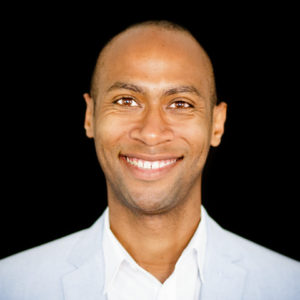
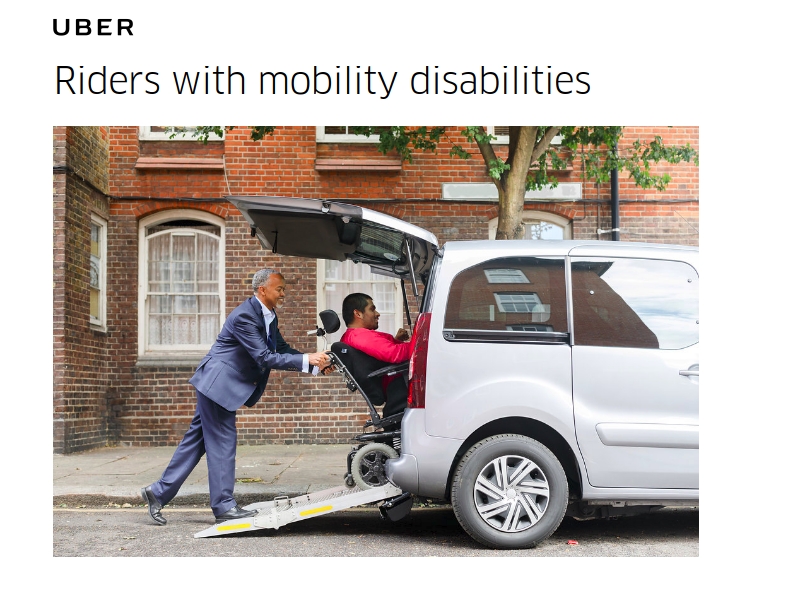
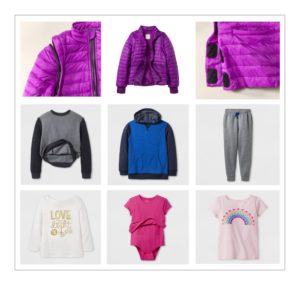 Last summer, Target launched the children’s clothing line, “‘Cat & Jack,” a fun blend of creativity and functionality designed to meet the needs of modern families. This past fall (2017), Target expanded the line to include a selection of stylish adaptive pieces for toddlers and kids living with disabilities.
Last summer, Target launched the children’s clothing line, “‘Cat & Jack,” a fun blend of creativity and functionality designed to meet the needs of modern families. This past fall (2017), Target expanded the line to include a selection of stylish adaptive pieces for toddlers and kids living with disabilities.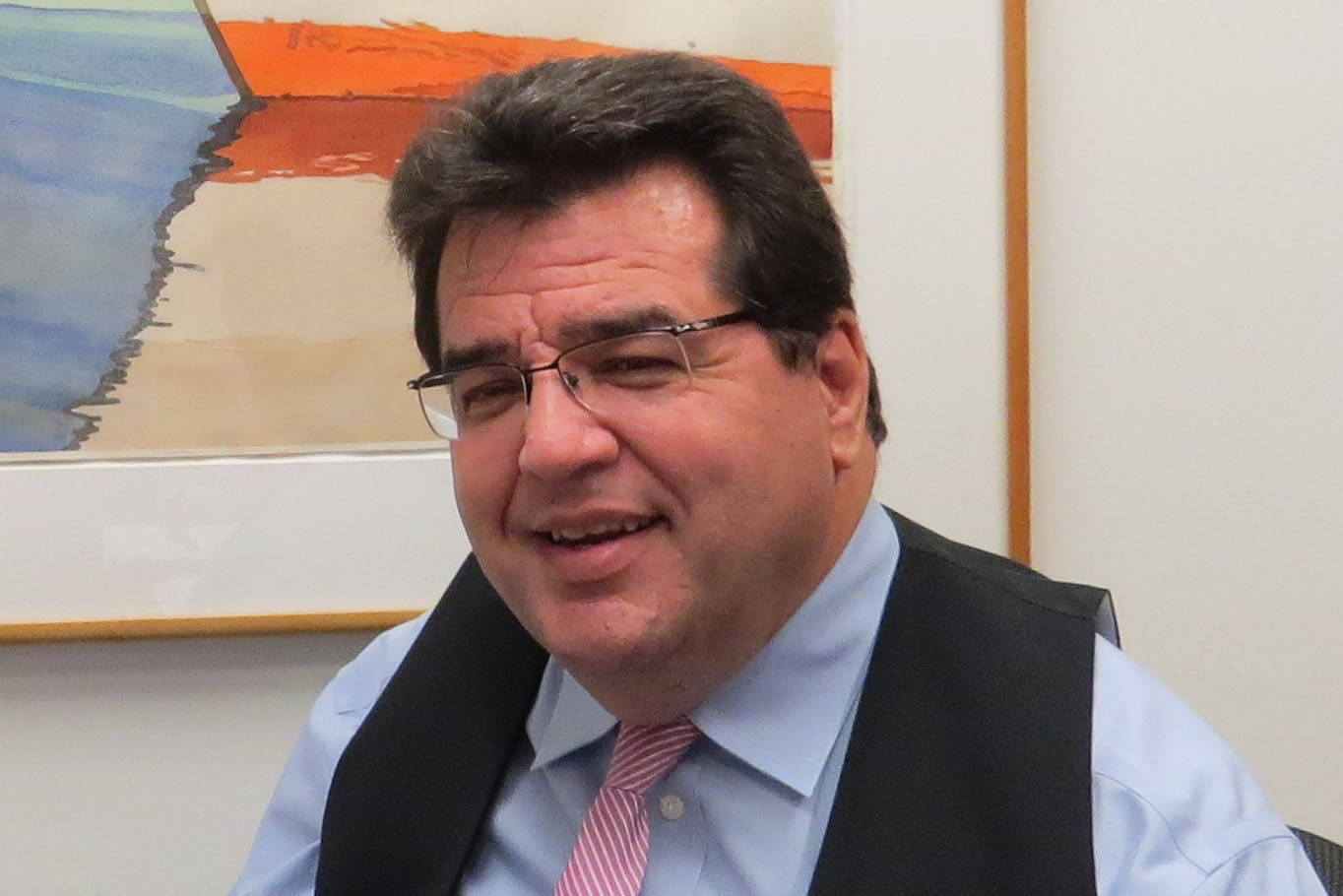 Industry standard-bearer, JPMorgan Chase & Co., has further cemented its commitment to diversity and inclusion with the hire of James (Jim) Sinocchi, Head of the Office of Disability Inclusion. A vanguard in his own right, Sinocchi has promoted disability inclusion awareness for decades. In this new position, he will partner with JPMorgan Chase’s senior leaders to establish consistent standards and processes supporting employees with disabilities and employees who care for family members with disabilities. Prior to joining JPMorgan Chase, Sinocchi served as the co-chair of the IBMers with Disabilities Global Task Force. While there, he collaborated across multiple internal and external channels to create awareness and understanding of policies, initiatives, and Human Resources and Diversity programs. Sinocchi uses his considerable skillset to serve the community as a board member of organizations committed to supporting people living with disabilities. His business acumen makes him sought-after, but his empathy and passion have made him a pioneer. Since 1980, Sinocchi has lived with C5-C6 quadriplegia, the result of a New Year’s Eve surfing accident. In this month’s SMG
Industry standard-bearer, JPMorgan Chase & Co., has further cemented its commitment to diversity and inclusion with the hire of James (Jim) Sinocchi, Head of the Office of Disability Inclusion. A vanguard in his own right, Sinocchi has promoted disability inclusion awareness for decades. In this new position, he will partner with JPMorgan Chase’s senior leaders to establish consistent standards and processes supporting employees with disabilities and employees who care for family members with disabilities. Prior to joining JPMorgan Chase, Sinocchi served as the co-chair of the IBMers with Disabilities Global Task Force. While there, he collaborated across multiple internal and external channels to create awareness and understanding of policies, initiatives, and Human Resources and Diversity programs. Sinocchi uses his considerable skillset to serve the community as a board member of organizations committed to supporting people living with disabilities. His business acumen makes him sought-after, but his empathy and passion have made him a pioneer. Since 1980, Sinocchi has lived with C5-C6 quadriplegia, the result of a New Year’s Eve surfing accident. In this month’s SMG 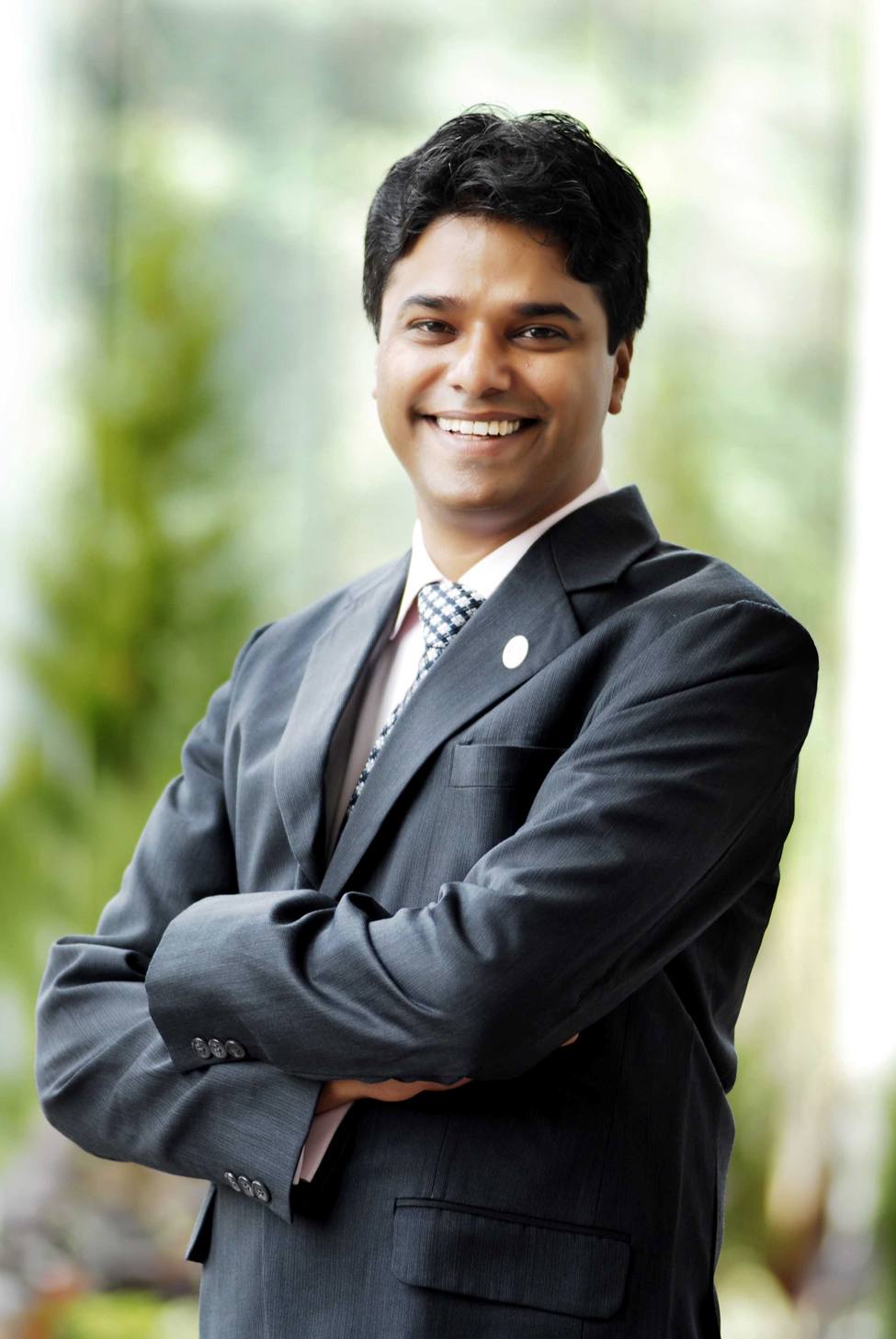 Known to his English and American audiences by his first name only,
Known to his English and American audiences by his first name only,